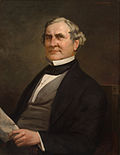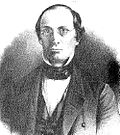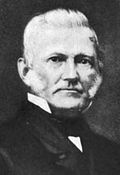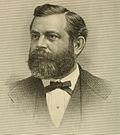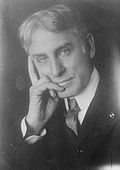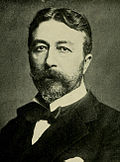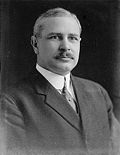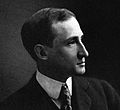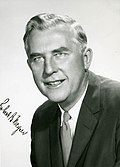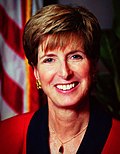| Governor of New Jersey | |
|---|---|
 | |
| Style |
|
| Status | |
| Residence | Drumthwacket |
| Seat | Trenton, New Jersey |
| Term length | Four years, renewable once consecutively |
| Constituting instrument | New Jersey Constitution of 1776 |
| Precursor | Governor of New Jersey (Great Britain) |
| Inaugural holder | William Livingston |
| Formation | August 31, 1776 |
| Succession | Line of succession |
| Deputy | Lieutenant Governor of New Jersey |
| Website | www |
The governor of New Jersey is the head of government of New Jersey and the commander-in-chief of the state's military forces. The governor has a duty to enforce state laws and the power to either approve or veto bills passed by the New Jersey Legislature, to convene the legislature, and to grant pardons, except in cases of treason or impeachment. [1]
Contents
The first New Jersey State Constitution, ratified in 1776, provided that a governor be elected annually by the state legislature, the members of which were selected by the several counties. [2] Under this constitution, the governor was president of the upper house of the legislature, then called the Legislative Council. [2] The 1844 constitution provided for a popular vote to elect the governor, [3] who no longer presided over the upper house of the legislature, now called the Senate. The 1844 constitution also lengthened the governor's term to three years, set to start on the third Tuesday in January following an election, and barred governors from succeeding themselves. [4] The 1947 constitution extended terms to four years, and limits governors from being elected to more than two consecutive terms, though they can run again after a third term has passed. [5] Joseph Bloomfield, Peter Dumont Vroom, Daniel Haines, Joel Parker, Leon Abbett, and Walter Evans Edge each served two non-consecutive stints as governor while A. Harry Moore served three non-consecutive stints. Foster McGowan Voorhees, James Fairman Fielder, and Richard Codey each served two non-consecutive stints, one as acting governor and one as official governor.
The 1776 constitution provided that the vice-president of the Legislative Council would act as governor (who was president of the council) should that office be vacant. [2] The 1844 constitution placed the president of the Senate first in the line of succession, [6] as did the subsequent 1947 constitution. [7] A constitutional amendment in 2006 created the office of lieutenant governor, [8] to be elected on the same ticket for the same term as the governor, [9] and if the office of governor is vacant, the lieutenant governor becomes governor. [10] This office was first filled in 2010.
There have been 56 official governors of New Jersey, 1 of whom was female, with several others acting as governor for a time. [a] In the official numbering, governors are counted only once each, and traditionally, only elected governors were included. However, legislation signed on January 10, 2006, allowed acting governors who had served at least 180 days to be considered full governors. The law was retroactive to January 1, 2001; it therefore changed the titles of Donald DiFrancesco and Richard Codey, affecting Jim McGreevey's numbering. [11] The first and longest-serving governor of New Jersey was William Livingston, who served from August 31, 1776, to July 25, 1790. A. Harry Moore remains the longest-serving popularly elected governor. The current and 56th governor is Phil Murphy, a Democrat who assumed office on January 16, 2018.
















